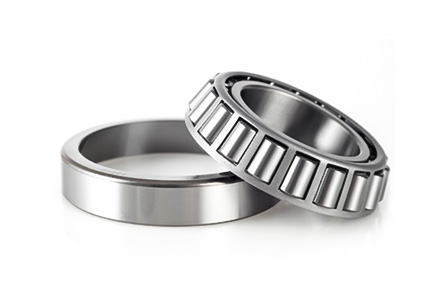Summary:Basically, a Bearing Ring is a machine part, which has two rings that are designed to reduce friction coefficient during...
Basically, a Bearing Ring is a machine part, which has two rings that are designed to reduce friction coefficient during movement. The outer ring is fixed on the mounting surface, while the inner ring is affixed to the turning object. This ensures accurate rotation.
A Bearing Ring can be made of several materials. Some are steel, plastic, and ceramic. The material selected depends on the environment where the bearing will be used. The ring is usually finished to tight tolerances and is honed to smoothness.
In addition to the external and inner ring, a Bearing Ring may have a lubrication groove, which is a machined groove on the outside of the outer ring that allows lubricant to be conveyed to the bearing. The lubricant can also be used to polish the shaft seat.
The outer ring is attached to the housing by means of evenly spaced mounting holes. These can be counterbored, blind tapped, or thru holes. The bearing rings are typically mounted on hollow or thin walled housings. If the bearing rings are mounted in light alloy housings, they may require an intermediate bush to support the ring.
A Bearing Ring has an internal raceway that forms an external pathway for the rolling elements. The balls or rollers are held in the raceway by means of a ball or roller cage. These rings can be single piece or molded type. These rings are often manufactured from Acetal, but other materials are available.
The inner ring is affixed to a rotating part with an adapter plate. The inner ring is then rotated to provide support. The abutment shoulder of the bearing ring should be high enough so that it is perpendicular to the axis of the bearing. The transition from the bearing seat to the abutment shoulder should be designed with rounding to DIN 5418.
The abutment shoulder should be a sufficient distance from the axis to prevent wear and damage from relative movement. However, if the bearing ring is subjected to a rotating load, it may creep on the seating, causing wear and fretting corrosion on the contacting surfaces.
The degree of interference that a Bearing Ring must have with the housing and the abutment shoulder should be related to the magnitude of the load and the operating conditions. If the bearing has excessive interference, it can induce dangerously high hoop stresses in the inner ring. This can cause the ring to expand and crack, which can lead to internal preloading.
The amount of clearance that a Bearing Ring has with its housing and abutment shoulder should not exceed a maximum value. Generally, this depends on the size of the bearing and the operating conditions. This is achieved by the use of a slip fit or an interference fit. The abutment shoulders of a Bearing Ring should be high enough to prevent wear and damage from relative movement.
An Inner ring can be fitted with grease fittings on the ID or OD of the ungeared ring. This enables the lubricant to penetrate the loose fit.



